T-bar trellis suggestion
treeguy_ny USDA z6a WNY
11 years ago
Related Stories

LIFEInviting Kids Into the Kitchen: Suggestions for Nurturing Cooks
Imagine a day when your child whips up dinner instead of complaining about it. You can make it happen with this wisdom
Full Story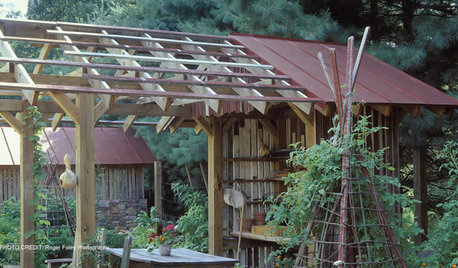
GARDENING AND LANDSCAPING12 One-of-a-Kind Trellis and Arbor Designs
Create Your Own Place for Vines, Flowers or a Romantic Chandelier
Full Story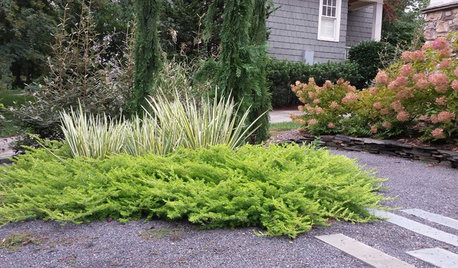
PLANTING IDEASThese Aren’t Your Grandparents’ Junipers
Dislike junipers? Maybe it’s time to discover new varieties and new uses for this garden workhorse
Full Story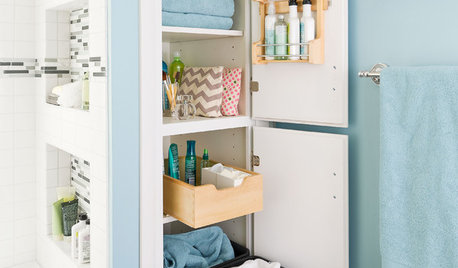
LIFEYou Said It: ‘Don't Panic’ and More Wisdom of the Week
Design advice, inspiration and observations that have struck a chord for the new year
Full Story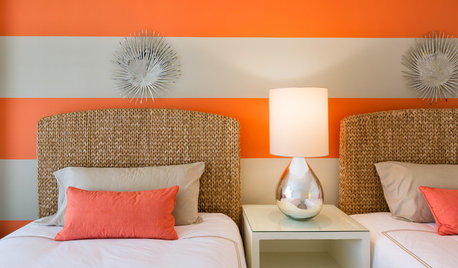
BUDGET DECORATING15 Summery Decorating Ideas That Won't Break the Bank
Transport yourself seaside with a bit of paint or a few airy accessories
Full Story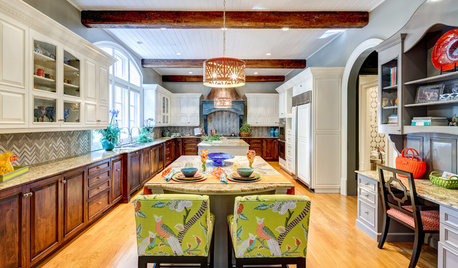
BEFORE AND AFTERSKitchen Rehab: Don’t Nix It, Fix It
A small makeover makes a big impact in a traditional kitchen in Atlanta with great bones
Full Story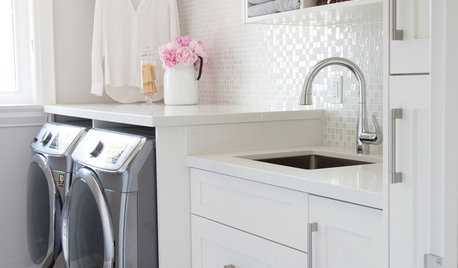
LAUNDRY ROOMSYou Have Style — Shouldn’t Your Laundry Room?
Make folding clothes your favorite chore of the day with these 10 designer tips
Full Story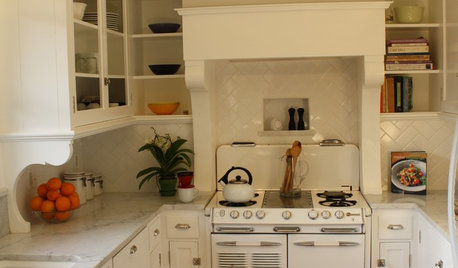
SMALL SPACES10 Tiny Kitchens Whose Usefulness You Won't Believe
Ingenious solutions from simple tricks to high design make this roundup of small kitchens an inspiring sight to see
Full Story
FUN HOUZZDon’t Be a Stickybeak — and Other Home-Related Lingo From Abroad
Need to hire a contractor or buy a certain piece of furniture in the U.K. or Australia? Keep this guide at hand
Full Story







ack01
cousinfloyd
Related Professionals
Ashburn Landscape Architects & Landscape Designers · Chattanooga Landscape Architects & Landscape Designers · Otsego Landscape Architects & Landscape Designers · Rancho Palos Verdes Landscape Architects & Landscape Designers · Forest Hills Landscape Contractors · Franklin Landscape Contractors · Lynchburg Landscape Contractors · Madera Landscape Contractors · Maywood Landscape Contractors · New Berlin Landscape Contractors · North Lauderdale Landscape Contractors · Oakland Landscape Contractors · Paramus Landscape Contractors · Saint George Landscape Contractors · South Farmingdale Landscape Contractorsdrew51 SE MI Z5b/6a
thomis
milehighgirl
drew51 SE MI Z5b/6a
thomis
thomis
drew51 SE MI Z5b/6a
lucky_p
drew51 SE MI Z5b/6a
drew51 SE MI Z5b/6a
thomis
treeguy_ny USDA z6a WNYOriginal Author
drew51 SE MI Z5b/6a